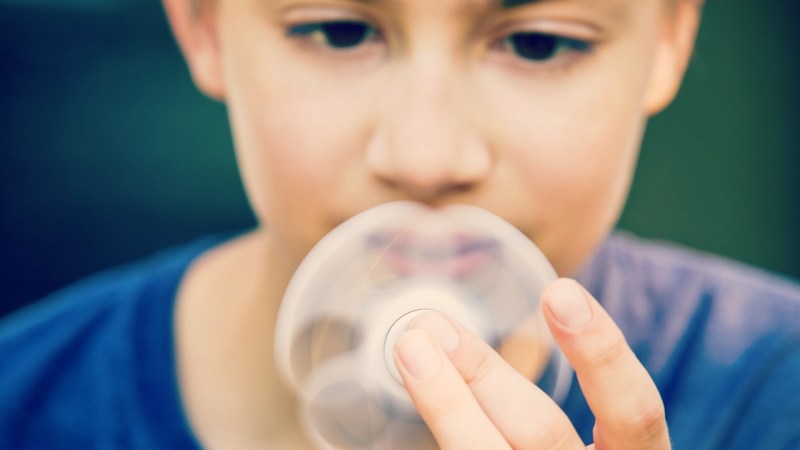
Rodney came from a family of athletes, so it wasn’t surprising that he was physically active from the time he was a toddler. Tall and strong, he crawled for just a couple of days before he learned to walk, and, soon after, run.
Rodney thrived at his preschool, where children could freely move between the outdoor playground and spacious classroom. But kindergarten was a different story. Suddenly, his teachers expected him to sit still for up to thirty minutes at a time, a nearly impossible task for a boy who seemed wired to move. A few months into the year, his teacher called a meeting to tell Rodney’s parents that she was concerned about his “excessive” movement.
Unfazed, they told the teacher they had both been just as active as their son when they were his age. Nevertheless, school administrators expressed concern that Rodney might be exhibiting a sign of ADHD (hyperactivity) or simply couldn’t follow instructions.
Oftentimes, identifying children early results in necessary and useful supports, especially when a child does have a diagnosis of ADHD. It’s worth mentioning here that chronic behavioral issues and impulsivity can also be signs of toxic stress in a child, according to pediatrician, author, and trauma expert Dr. Nadine Burke Harris.
But a child’s craving for physical movement doesn’t always reflect a disorder, and differences in movement are only one part of the larger clinical picture in ADHD. Sometimes it’s an individual difference—a natural preference based on a child’s constitution. Many children like Rodney simply need to move their bodies more than the educational setting allows. Schools often try to train children to inhibit their need for movement. Instead of first trying to change the child or the behavior, though, another option is to expand our expectations and beliefs about behaviors, including those related to movement.
My mentor, Dr. Serena Wieder, along with her colleague Dr. Stanley Greenspan introduced the radical idea in the 1970s that following a child’s lead and using our powers of observation can help us appreciate atypical behaviors for what they tell us about a child’s individual differences. This approach was in stark contrast to what I learned during my graduate training in psychology—that most atypical behaviors were symptoms of a diagnosis in need of treatment. Recently, ground-breaking work out of the lab of Elizabeth Torres at Rutgers University is shedding new light on movement differences in autism.
We often praise or reward children who can easily sit for long periods, inadvertently sending a message to children who can’t that they are somehow inferior. These messages may serve the purposes of group education, but they hinder children’s ability to appreciate their own bodies’ natural inclinations and respect their individual differences.
When we insist that young children do things their bodies aren’t ready to do — such as sitting still — we can influence their developing self-perception. So, it’s important to consider the benefits and costs of negatively labeling a child’s natural inclinations. That doesn’t mean we should passively allow any kind of behavior, no matter how disruptive. It means that we observe more and criticize less. We should consider that behaviors can also represent healthy adaptations, and that movement can help children adapt to their surroundings when they feel stressed.
Of course, if you are concerned that your child or a child you work with has a developmental difference in need of support, it’s essential to seek an evaluation by a licensed professional. For treatment, I recommend licensed professionals who work together with the child’s entire team, including the child’s pediatrician or psychiatrist, and are familiar with developmental and relationship-based perspectives.
I believe we can expand our understanding of children’s movement needs and differences. We can recognize the value of a child’s brain/body connection and the behaviors that accompany it—which often contribute to a child’s sense of physiological and emotional regulation. In doing so, we will communicate to children that they need not feel ashamed for their movement differences, and we’ll show their peers what it looks like to be tolerant and appreciative of the human range of neurodiversity.
I explain how providers can support individual differences in my book on early intervention and social emotional health.





